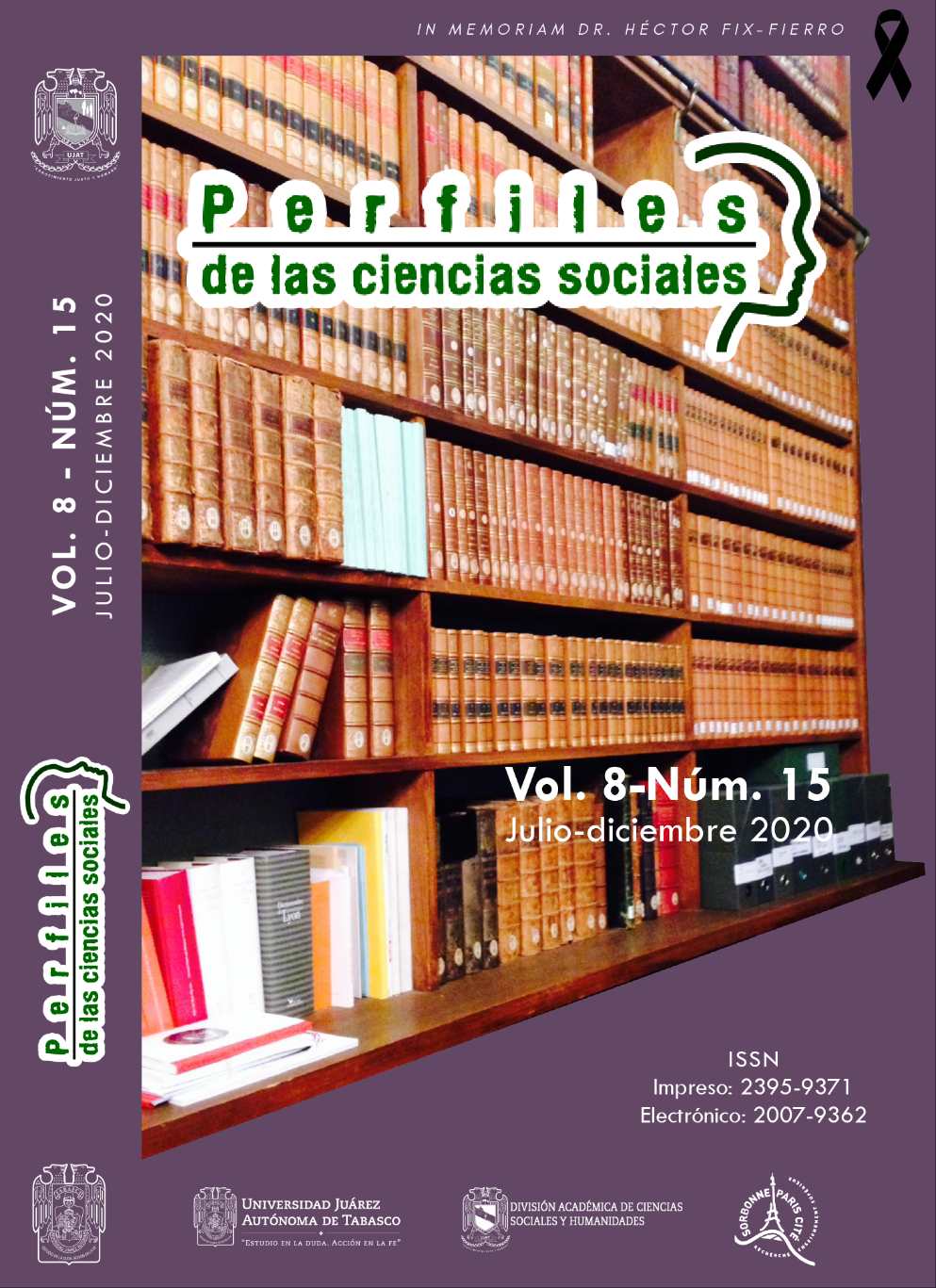CONTRIBUTION TO THE ANALYSIS OF THE CONCEPT OF «GRAY ZONES» IN LATIN AMERICA: THE CASE OF MEXICO AND COLOMBIA
Abstract
A. STATE OF THE ART AND OBJECT OF THE RESEARCH The various concepts of «gray zones» agree on a common ground: These are areas not covered by radar scanning, in the vocabulary of aeronautical control . Jean-Christophe Rufin in his book L’Empire et les nouveaux barbares in 1999 analyzed the distinction between white spots -areas on the map that are totally beyond State control- and gray spots -areas in which there is a strong ambiguity whether the State can exercise its full control- . Xavier Raufer defined «gray zones» as regions who became inaccessible and hostile to every penetration, and in their interior no government is able to control the situation or enforce the minimum rules of law. Whole areas are in danger of closing down permanently and are failing into an anarchy . The PhD thesis object relies on the new conception of the term of «gray zones», which will be attributed to the case of the territory dominance by the Mexican criminal organizations and the FARC in Colombia. Indeed, the central hypothesis of the PhD thesis is based on analyzing the factors who characterize a «gray zone». The very existence of «gray zones» (dependent variable ), depends on these factors who are intrinsic problems of state-building, i.e. State weakness, failure of the rule of law dominance, extreme violence, war economy, different kinds of trafficking and the «militarization» of the State (explanatory variables). This PhD thesis is divided in two centrals parts: the conceptual differences of «gray zones» in the case of Mexican criminal organizations and the FARC in Colombia (I), and the «gray zones» in Mexico and Colombia, a problem for the rule of law? (II).Downloads
Published
Issue
Section
License
Esta licencia exige que los reutilizadores den crédito al creador. Permite a los reutilizadores copiar y distribuir el material en cualquier medio o formato sin adaptarlo y únicamente con fines no comerciales.

